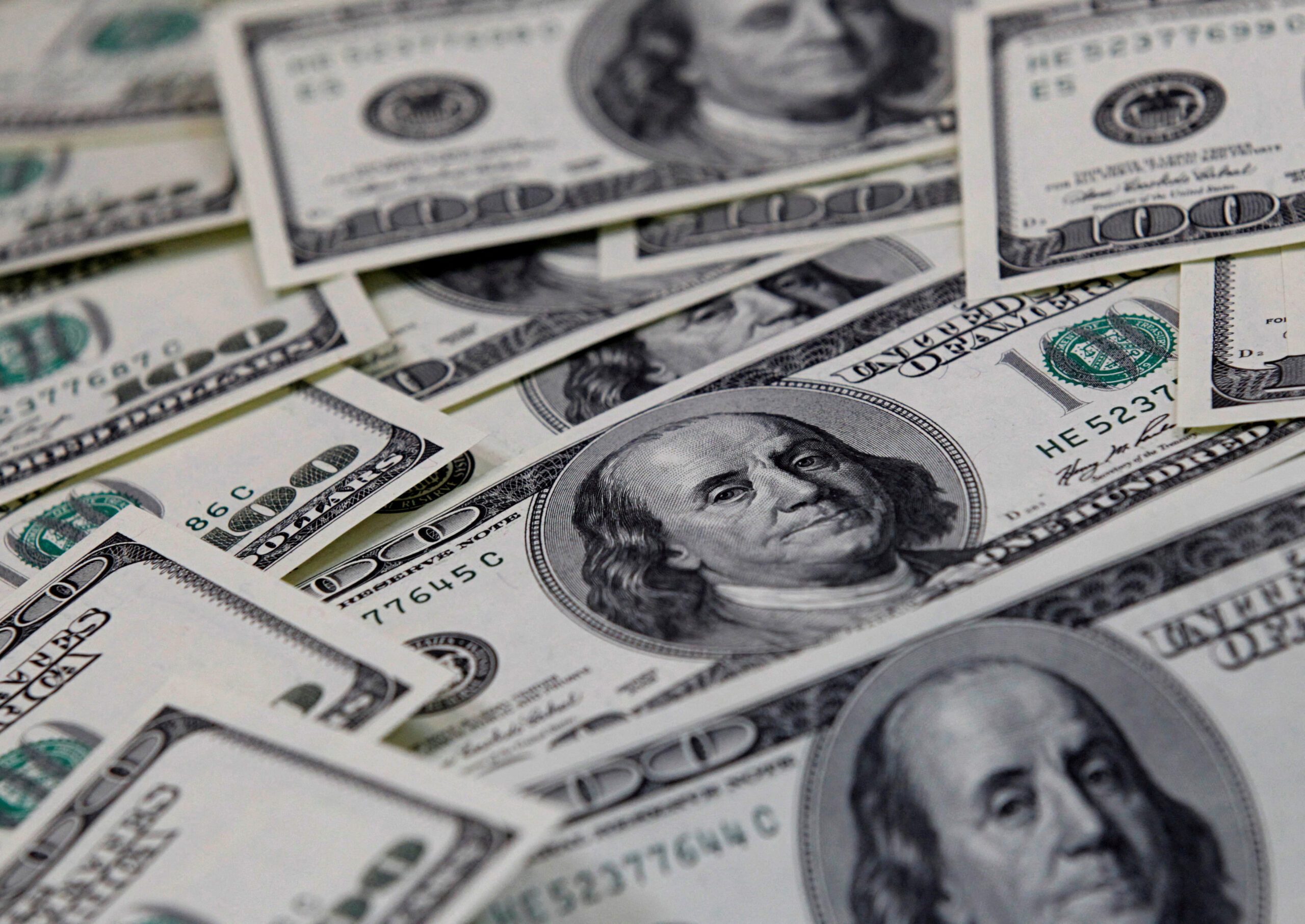
Upgrade to High-Speed Internet for only ₱1499/month!
Enjoy up to 100 Mbps fiber broadband, perfect for browsing, streaming, and gaming.
Visit Suniway.ph to learn
Already have Rappler+?
to listen to groundbreaking journalism.
This is AI generated summarization, which may have errors. For context, always refer to the full article.

CASH. $100 notes are seen in this picture illustration taken in Seoul, South Korea, February 7, 2011.
Lee Jae-won/Reuters
The balance of payments deficit reflects a drop in the government's foreign currency deposits to pay off its external debt
MANILA, Philippines – The Philippines posted a balance of payments (BOP) deficit of $4.1 billion in January, latest data from the Bangko Sentral ng Pilipinas (BSP) showed.
The BOP deficit is the country’s largest since January 2014, and is five times larger than the $740 million deficit in the same month last year.
It is also nearly triple the $1.5 billion deficit posted in December 2024.
A country’s BOP summarizes the country’s transactions with the rest of the world. A BOP deficit means that the Philippines shelled out more funds in a particular month.
“The BOP deficit in January 2025 reflected the BSP’s net foreign exchange operations and drawdowns by the national government on its foreign currency deposits with the BSP to meets its external debt obligations,” the central bank said in a statement.
Latest data from the Bureau of the Treasury shows that the Philippines’ sovereign debt ballooned to P16.05 trillion in 2024 after the national government borrowed P1.31 trillion to fill its budget deficit.
According to the Treasury, the stronger dollar added P208.73 billion to the total debt value.
Rizal Commercial Banking Corporation’s chief economist Michael Ricafort said that the peso volatility in the foreign exchange market is also to blame for the wide deficit.
The peso ended January at P58.3906 against the greenback.
However, Ricafort also said that the country’s GIR levels and record-high remittances from Filipinos abroad cushioned the deficit.
The BSP said January’s BOP deficit also reflected a drop in the country’s gross international reserves (GIR) levels to $106.3 billion as of end-2024 as the government pays off its foreign currency debt. This can cover 7.3 months’ worth of imports, service payments, among others.
A country’s GIR levels represents the BSP’s foreign assets, mostly held as investments in foreign-issued securities, foreign exchange and monetary gold.
Ideally, the GIR should be able to finance at least three months’ worth of a country’s imports, payments of services and primary income. It should also be able to cover a country’s external debts that are due within the next 12-month period.
Ricafort is optimistic that the BOP data could improve in the coming months amid continued growth in remittances, business process outsourcing revenues and tourism receipts. – Rappler.com
How does this make you feel?
Loading

 2 months ago
12
2 months ago
12


![[Local Vote] Praying for the elections? Then do poll watching too](https://www.rappler.com/tachyon/2025/05/local-vote-pray.jpg)
![[ANALYSIS] Functional literacy: More than just a statistic, and what we must do about it](https://www.rappler.com/tachyon/2025/05/TL-FUNCTIONAL-LITERACY-MAY-5-2025.jpg)
